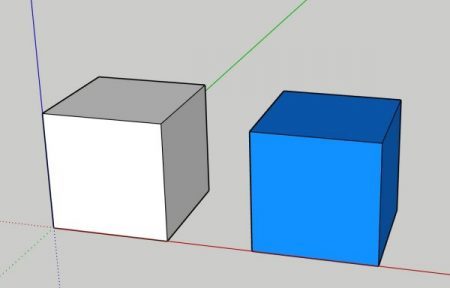Get Tech Tips
Subscribe to free tech tips.
Threaded Connection Tips – Short #149

In this short podcast episode, Bryan shares some of his top threaded connection tips. He also clears up some confusion about connection types.
Threaded connections include flare and compression-type fittings (like chatleff or Aeroquip fittings). The threads don’t actually make the seal; the pressure pushing the surfaces together is what makes a seal.
Bryan doesn’t recommend putting traditional thread locks on flares, but refrigerant oil or mild assembly lubricants can help the flare come together more smoothly without imperfections. However, you need to be careful when using a torque wrench and use the lowest acceptable specification to avoid over-torquing.
Leaks are common problems with flare fittings, but those often happen in cases where flares are poorly made. Scored faces, loose flares, and over-torqued flares are common causes of leaks. However, many modern flaring tools can make perfect flares quite easily. You must also remember to deburr the copper for the best results.
Compression-type fittings often have O-rings, which are the parts that actually do the sealing. (Leaks WILL happen without the O-ring in place.) You can use an assembly lubricant with these fittings, but you still have to be mindful of torque spec adjustments.
Pipe-thread connections actually rely on the threads, not pressure or an O-ring, to create a seal. Pipe dopes (or thread sealants) tend to be best on these connections, but you want to leave the last couple of threads bare so that pipe dope doesn’t get into the system.
As with brazed and soldered joints, the copper used for threaded connections needs to be cleaned, cut squarely, and deburred for best results.
Bryan also covers:
- Assembly lubricants
- Brazing vs. soldering
- Zoomlock
- IMC 1107.5.4
- Protecting seals during brazing and soldering
If you have an iPhone, subscribe to the podcast HERE, and if you have an Android phone, subscribe HERE.
Check out our handy calculators HERE.










Comments
To leave a comment, you need to log in.
Log In